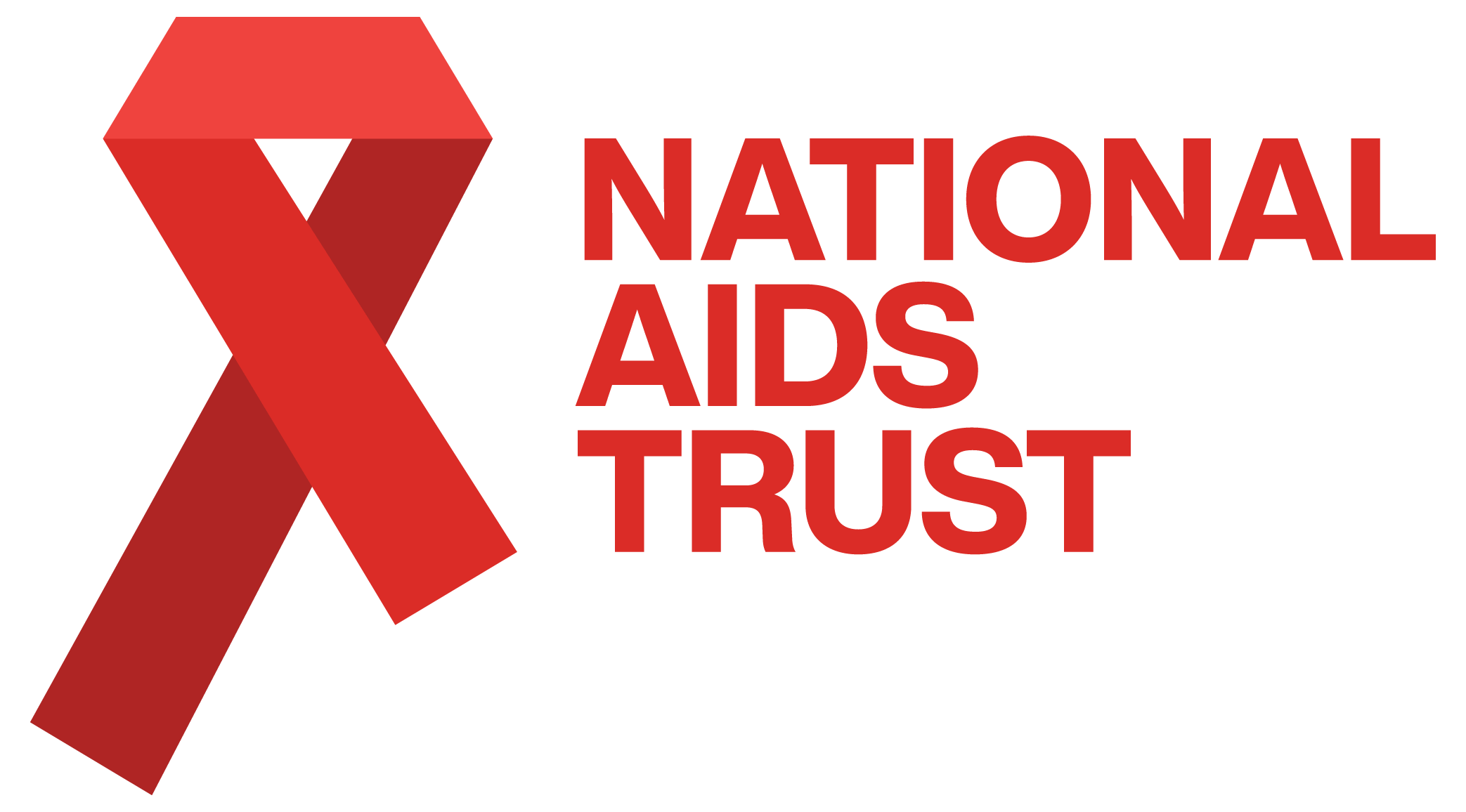Blood donation and gay men – the wrong focus?

It’s National Blood Week and this year the call for blood donors is more urgent than ever with the announcement that the number of donors has fallen by 40% over the last 10 years. With such a crisis in donation why is it that there remains a restriction on any man giving blood who has had sex with another man in the previous 12 months? This week sees many calling for an end to such restrictions as unnecessary and discriminatory – as well as counter-productive given the shortage of donors.
It was not long ago that there was a permanent ban on gay men donating blood. It was NAT which successfully secured a review of that policy, arguing the review was required under new equality law and because of the significant advances in testing technology since the original ban was imposed. The review recommended a move to a 12 month ‘deferral’ which was agreed and implemented.
Should we now move from 12 months to simply risk self-assessment? Is the 12 month deferral also inherently discriminatory? Let’s deal with the legal question first. The Equality Act 2010 makes it unlawful to discriminate on the basis of sexual orientation in ‘the provision of goods and services’ and the blood donation service comes under this definition of ‘services’ for the purposes of law. So they cannot discriminate against gay men. But the Equality Act also has a specific provision (Schedule 3 Part 3 (13)) on blood services where it states that a donation can be lawfully refused if the refusal is ‘reasonable’ and based on scientific evidence on which it is ‘reasonable to rely’.
The question then is whether the 12 month deferral for gay men is ‘reasonable’ or not – if it is not, it is discriminatory.
Every blood donation is screened and the tests for HIV are remarkably accurate nowadays. However, both for HIV and for other viruses there is a period immediately after infection where the virus will not show up in the screening – this is known as the ‘window period’. So to keep the blood supply safe we have to ensure that people very recently infected with HIV, within the window period, do not donate blood.
How do we do that? One method would be to rely on self-assessment of risk. We could ask whether you have had unsafe sex, or sex without a condom with a new or casual partner, or some other version. But there is an obvious problem – we are not that good at determining our level of risk. Many of us have selective memories or are overly optimistic when it comes to the possibility we may have been exposed to HIV risk. Just to give one statistic, in 2013 nearly a third of gay men diagnosed with HIV were diagnosed late, that is the equivalent of having lived with undiagnosed HIV for at least four years, very often much longer. You don’t need many men to get it wrong for recently acquired HIV to be donated and missed in the screening process.
A second point is that no sex with another person is completely safe – that’s why we have moved from using the phrase ‘safe sex’ to use instead the phrase ‘safer sex’. Condoms do fail – though not that often; oral sex can transmit HIV - although it is very rare. But when you multiply rare events by hundreds and thousands of donors in a population (gay men) where 5% have HIV, you end up with an appreciable risk to the safety of the blood supply.
And that leads to the important third point. Risk in sex is not just about what you do – it is also about who you do it with. Last week at the annual conference of sexual health doctors a paper was presented that showed that the rate of HIV infection amongst gay men is 40 times higher than amongst heterosexuals. Outside heterosexuals from countries with high levels of HIV (who are also subject to deferral) rates of HIV amongst heterosexuals are extremely low. Yes there is a very small risk that a heterosexual from the UK who has had unprotected sex (but not with someone from a high risk group) can get HIV, but the blood service needs to take a reasonable view as to whether refusing that donation is sensible given the need for blood and how very low the risk of recent HIV transmission is. By contrast, given the high rate of new HIV transmissions amongst gay men, sex between men within the window period does carry a risk which when multiplied by thousands of donations could result in HIV getting into the blood supply.
Is this a reasonable approach? NAT believes it is. Is the 12 month deferral still reasonable? NAT thinks it is may well not be. What is the window period for HIV given the tests used by the blood service? Even taking a cautious view it may only require a deferral of three months. The 12 month deferral is not because of HIV but because of hepatitis B, which has a much longer window period. NAT believes that hepatitis B rates amongst gay men may not be so high as to justify a 12 month deferral. That would mean we could reduce it significantly – for example to three months so as only to take account of the HIV window period. A few months ago NAT wrote to the body which oversees blood donation rules, known as SaBTO, calling for a new review of the evidence to ensure the rules remain ‘reasonable’ and to see if the deferral period can be lowered for gay men. This time we got the brush off – we will write again in light of the staggering decline in blood donation rates.
Health services have an obligation to take the best care possible of those who trust them with their well-being and lives. There is continuing and understandable anger amongst those who were infected with HIV and Hepatitis C from blood products in the late 1970s and early 1980s. All of us benefit from a blood service which provides blood and blood products free of infection, including us gay men. Changes to blood donation rules need to be carefully thought through. NAT will continue to press for a review of the deferral period for gay men – we believe there is a case to made for the period to be lowered significantly.
But for so much activism to focus on blood donation rules is for us as a community to get fixated on the wrong inequality. What should be getting all of us outraged is the reason for this different blood donation treatment – the vastly higher rate of HIV amongst gay men compared with the general population. Just a few months ago the Government tried to halve the funding available for national HIV prevention in 2015/16 and it was only a campaign led by NAT which forced a u-turn. We recently surveyed local council spending on HIV prevention and found there has been a decline of over 80% in local funds available for HIV prevention in the last 15 years despite continuing increases in HIV diagnoses and in unsafe sex amongst gay men. HIV testing is not being rolled out into the wider NHS and community despite clear recommendations to do so. PrEP can stop people at high risk getting HIV but it is still not available from the NHS. By all means let’s continue to fight for evidence-based fairer blood donation rules – but let’s as a community see the bigger picture and fight for action to reduce the unacceptably high rates of HIV transmission which we currently live with.
If you found this blog interesting, check out the second in the series: Blood donation, who are we really discriminating against?


